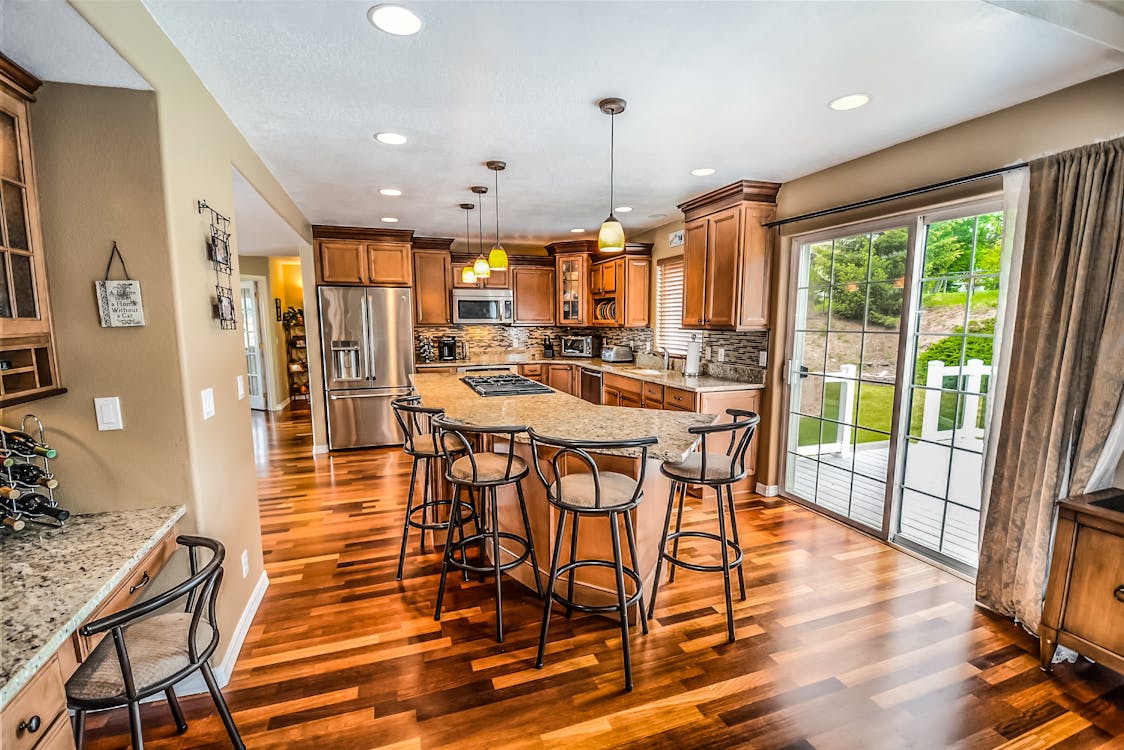In today’s world, where environmental concerns are at the forefront of our minds, creating an eco-friendly home has become a top priority for many homeowners. Thankfully, there is a wide range of sustainable materials available that not only minimize our carbon footprint but also enhance the overall aesthetics of our living spaces. In this article, we’ll explore some of the most popular eco-friendly materials for homes and how they contribute to a greener future. Additionally, we’ll highlight Seventh Generation as a leading provider of environmentally conscious products for your household needs.
- Bamboo: Nature’s Versatile Resource
Bamboo is often hailed as the “wonder plant” due to its rapid growth and countless applications in sustainable construction. As one of the fastest-growing plants on Earth, bamboo can reach maturity within 3-5 years, making it an excellent alternative to traditional hardwood. Its versatility extends to flooring, furniture, cabinets, and even as a renewable source for paper products. By using bamboo in your home, you contribute to reducing deforestation and promote a more sustainable lifestyle.
“Choosing eco-friendly materials for our homes is not just about being environmentally responsible; it’s a way of building a better future for ourselves and future generations. Each conscious decision we make contributes to the preservation of our planet and creates a sustainable legacy.”
- Recycled Glass: Beauty in Repurposed Form
Recycled glass is a visually stunning material that can transform your home into an eco-conscious haven. By repurposing glass bottles and containers, we can create countertops, tiles, and decorative accents with a unique blend of colors and textures. These products not only add an elegant touch to your interiors but also minimize the waste that would otherwise end up in landfills. Choose recycled glass to make a statement in your home while preserving the planet.
- Salvaged Wood: Stories from the Past
Salvaged or reclaimed wood is a treasure trove of history and charm that brings warmth and character to any home. By repurposing wood from old barns, factories, or even underwater logs, we can breathe new life into forgotten resources. Whether used for flooring, furniture, or accent walls, salvaged wood not only reduces the demand for newly harvested trees but also showcases the unique beauty of weathered, aged materials.

- Cork: Nature’s Gift to Flooring
Cork is an often-overlooked material that offers many benefits for eco-conscious homeowners. Harvested from the bark of cork oak trees, this renewable resource is a great option for flooring due to its durability, comfort, and natural sound insulation properties. Cork is also hypoallergenic and resistant to mold and mildew, making it an ideal choice for those with allergies or respiratory sensitivities. By opting for cork flooring, you contribute to the preservation of cork forests, which support diverse ecosystems.
- Organic Fabrics: Embrace Sustainable Comfort
When it comes to creating an eco-friendly home, it’s essential to pay attention to the textiles and fabrics used throughout. Organic fabrics, such as cotton, linen, and hemp, offer a greener alternative to conventional materials. Grown without harmful pesticides and chemicals, these fabrics not only reduce water pollution but also provide a healthier and more sustainable option for your household textiles. From bedding and curtains to upholstery and rugs, organic fabrics are a step towards a more sustainable lifestyle.
Conclusion
Building an eco-friendly home is no longer a distant dream but a realistic goal that benefits both our planet and our well-being. By choosing sustainable materials, we can significantly reduce our environmental impact while creating beautiful and functional living spaces. In this pursuit, companies like Seventh Generation play a vital role by offering a wide range of eco-friendly products for everyday household needs. Visit seventhgeneration.com to explore their extensive collection of sustainable solutions that align with your eco-conscious lifestyle.

By adopting these eco-friendly materials and embracing a sustainable mindset, we can pave the way for a greener future—one that cherishes the beauty of our planet and protects it.














































